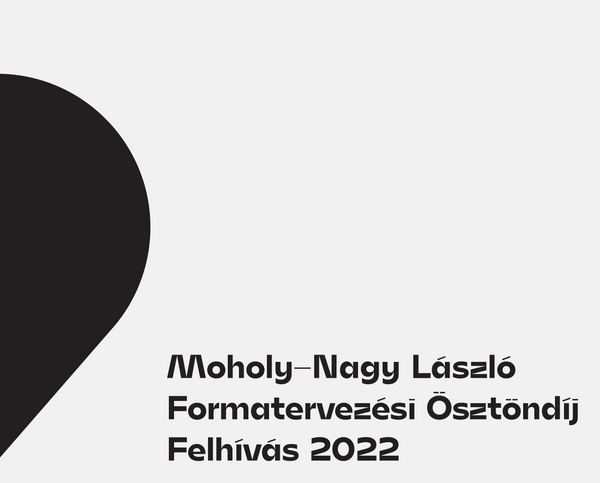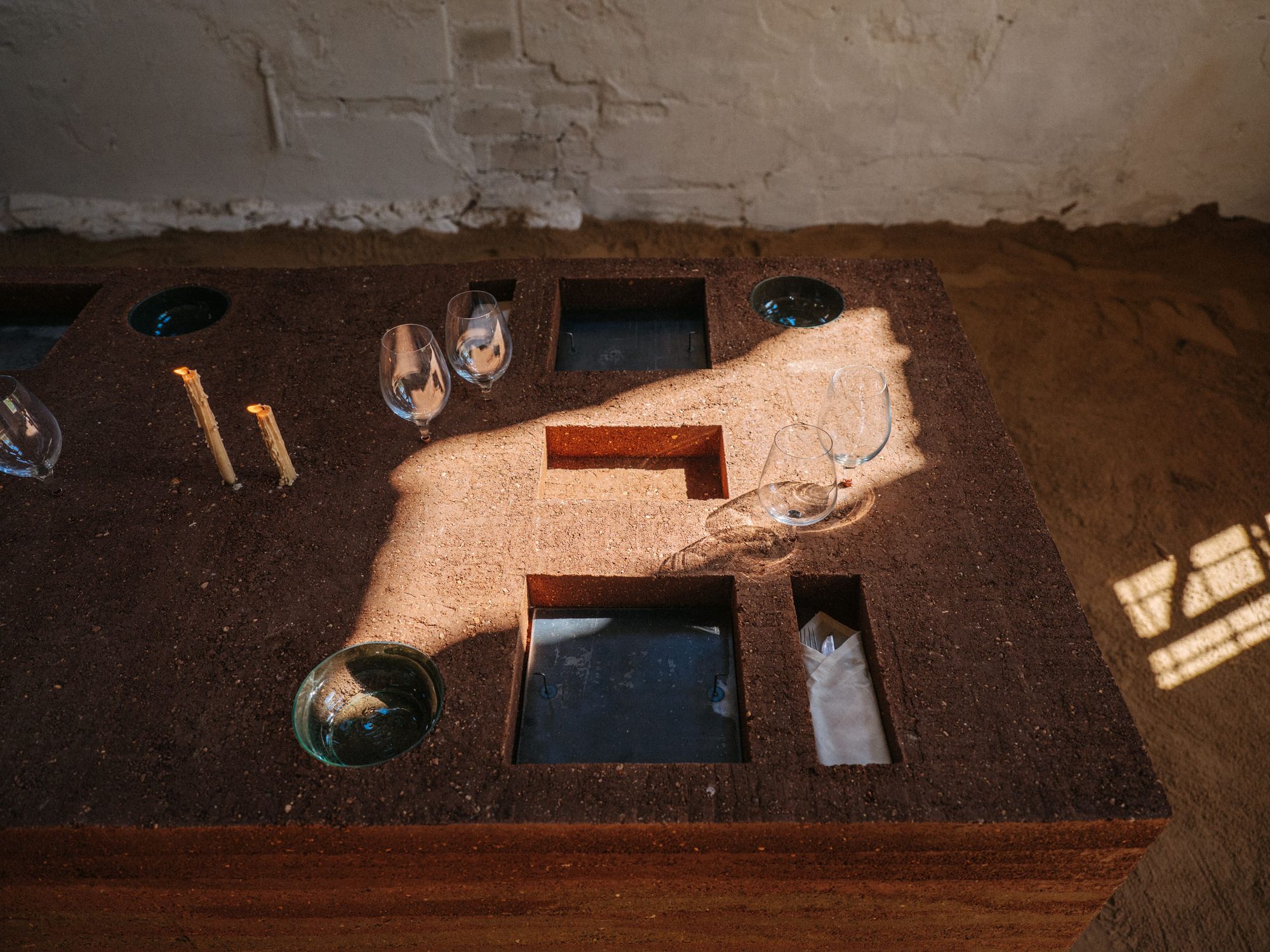The question posed by the title may sound like a completely unrealistic goal at first, but the Estonian Kuidas.works has refuted the skeptics: in the summer of 2021, they have essentially turned bare earth into a usable pop-up restaurant with a naturalistic aesthetic in a single week. In February 2022, the Estonian Association of Interior Architects chose the unusual interior as the best interior design work of the last year!
Named Restaurant 0, the project was designed for an Estonian TV show with the aim of using the design to raise awareness of the ecological footprint of the construction industry. The creative team of Kuidas.works (kuidas in Estonian means: how?) is a non-profit design studio that uses slow, often manual technologies to find answers to how to make space design more sustainable.
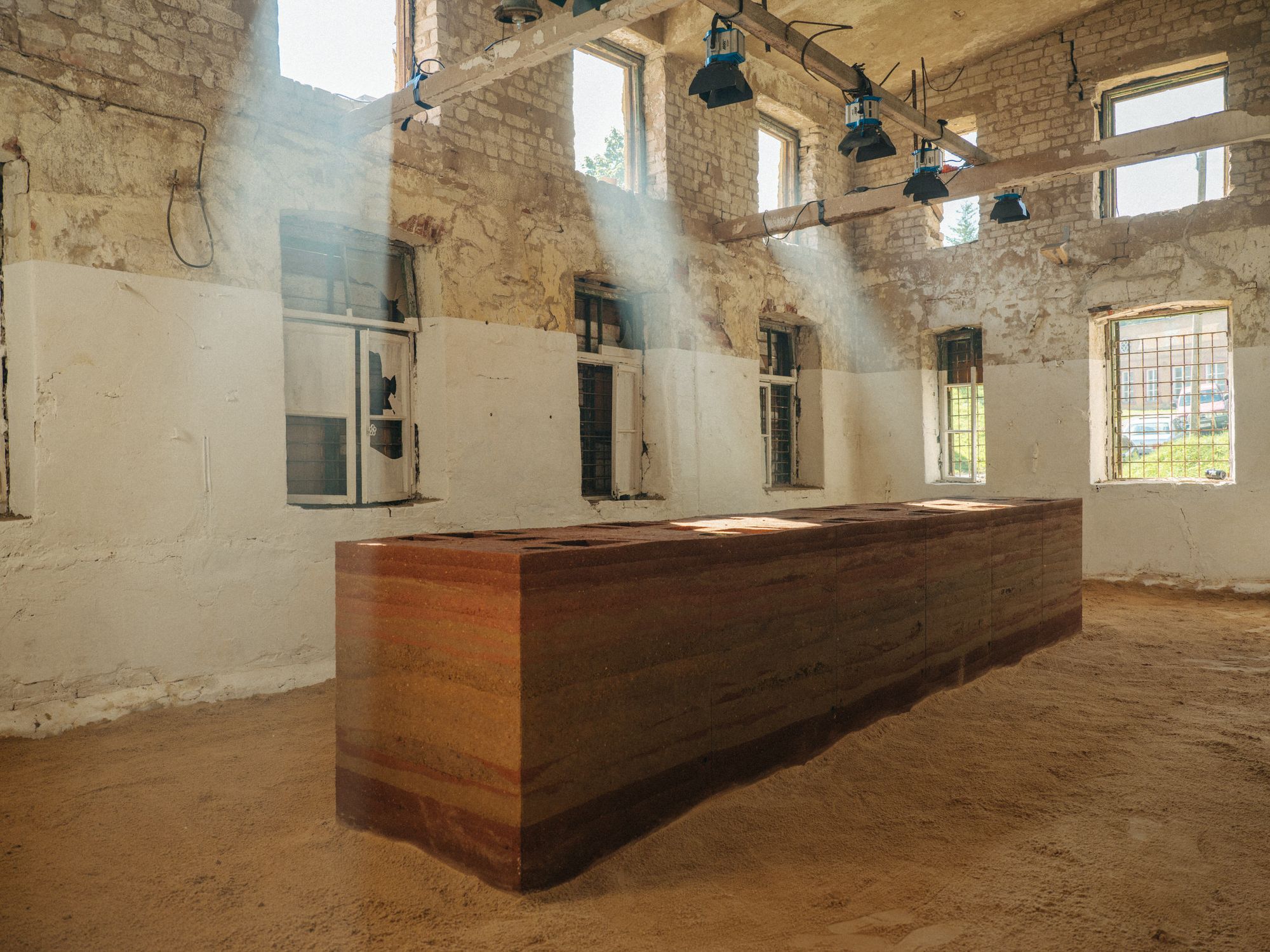
The temporary restaurant, which seats 12 guests, was built in the ruins of a 19th-century sausage shop in Viljandi. At the heart of the concept is a standing table made of 15 tons of rammed earth, using simple, ancient methods solely hand tools and natural materials. The tons of clay were first dried in the sun, then sifted through an old spring mattress frame, then carried from bucket to bucket into the frame, and finally rammed into the shape of a standing-height dining table. The land was brought from a nearby clay mine and Lithuania. There’s a reason why you can’t sit around the unusual table: they wanted this uncomfortable gesture to remind you of where you are and why. In their interpretation, design should not be about comfort and ergonomics, as we need to step out of our comfort zone to understand the weight of ecological problems. In addition to earth, sand and lime were used to level the floor and cover the walls full of graffiti. The bowls and trays were made from old floorboards found on site, and old copper tubes were also used for the glasses. In total, less than 1% of the materials will have to be recycled later.
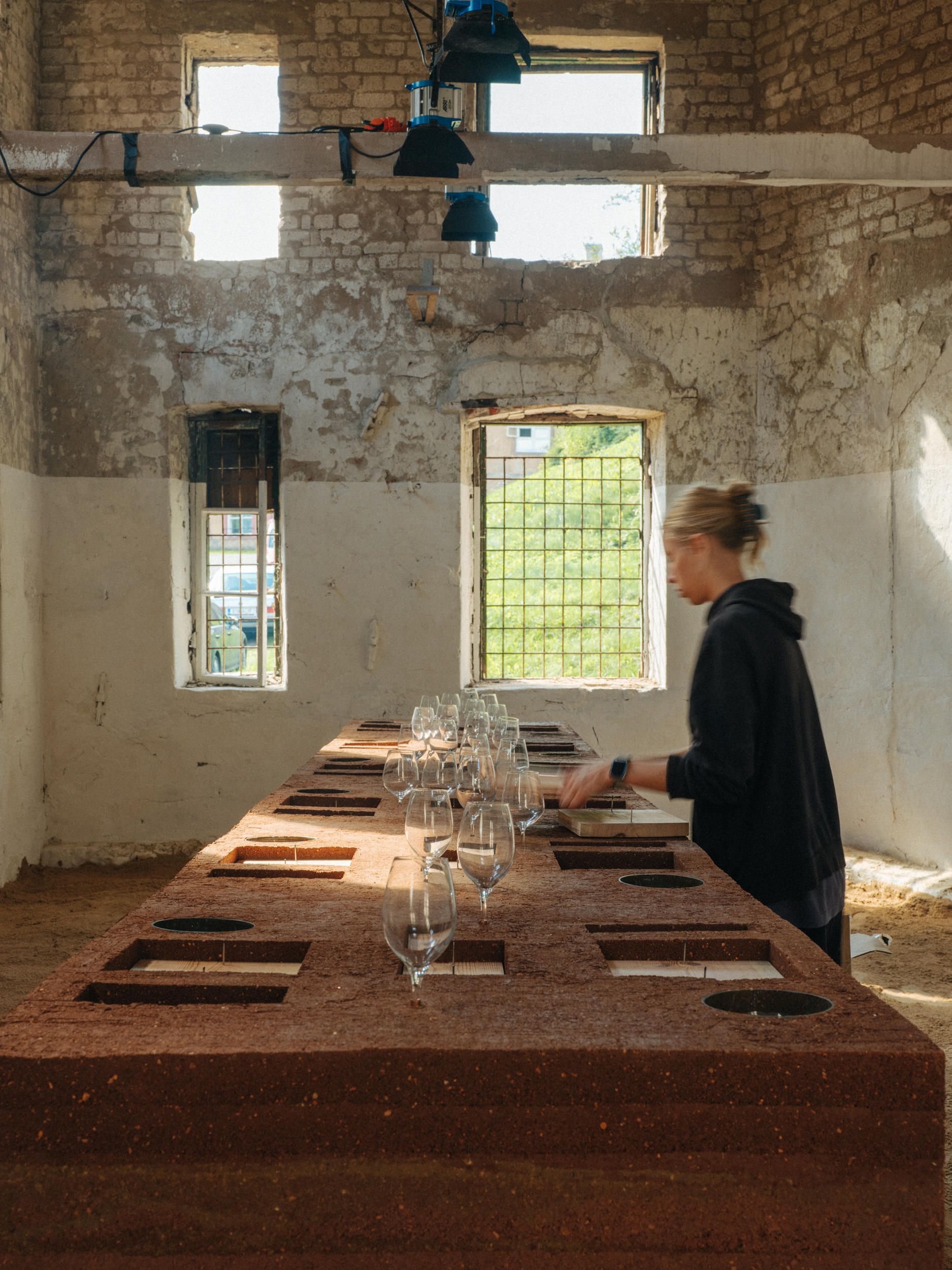

“There has been an increase in the interest for similar projects as well for rammed earth solutions. We see a strong perspective for rammed earth furniture or solutions even in such demanding sectors as catering or restaurant business. Earth as a building material is universally available and requires almost no pre-or post-recycling. The surface of the tables can be machined with natural formulas such as eggs and linseed oil. (These are still being tested to achieve hygienic and durable surfaces that meet your needs.) Another important aspect with reproducing the Restaurant 0, is that the concept of the restaurant itself should correlate and stand for the values the experience proclaims. They should go hand in hand, from the dishes served, the required tableware, to how the food should be served and how it could be consumed. Because an experience of dining should come together as a whole to carry a certain message,” Kuidas.works told us when we approached them with the question of how they see the broad integration of project methods.
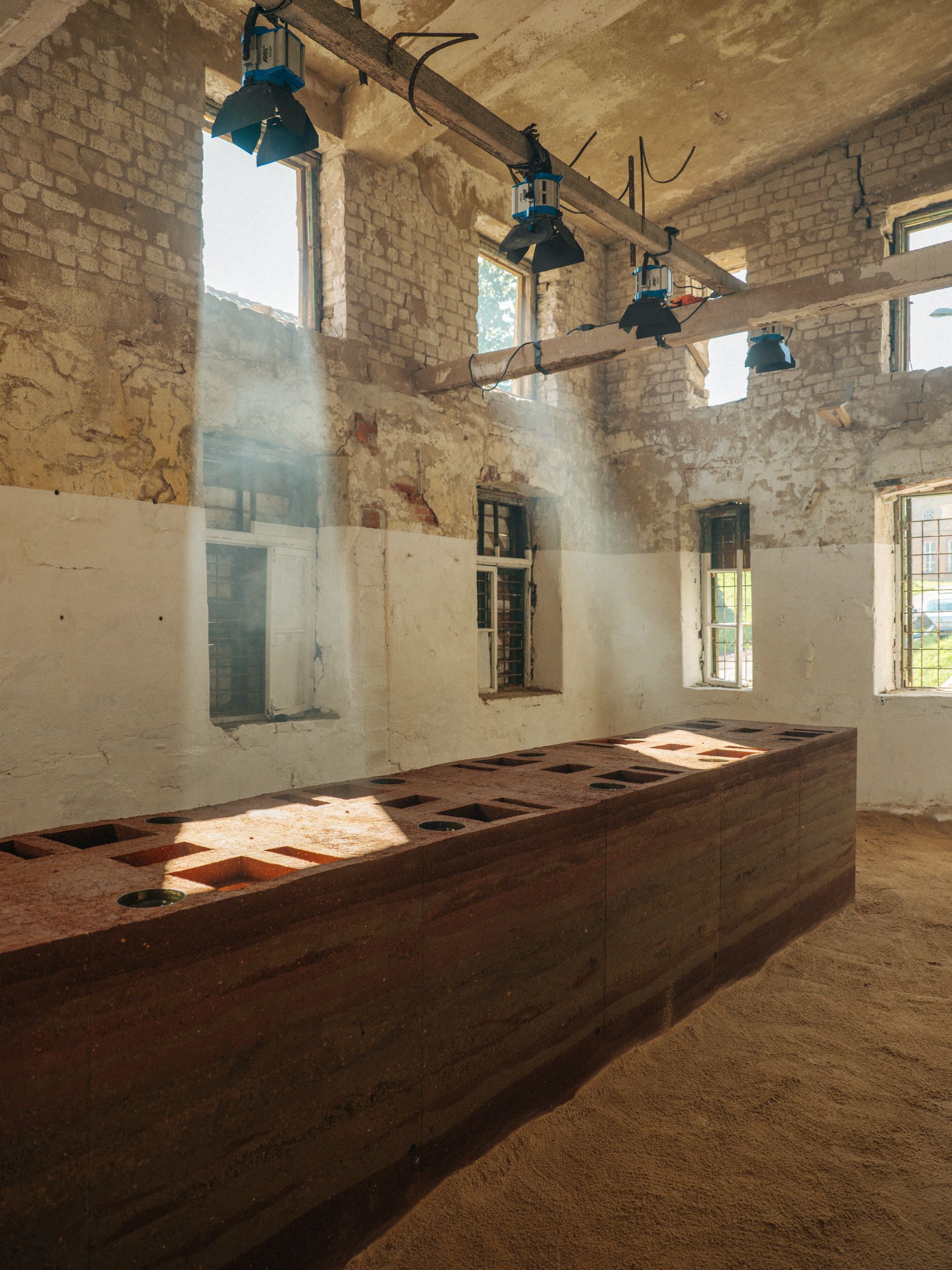
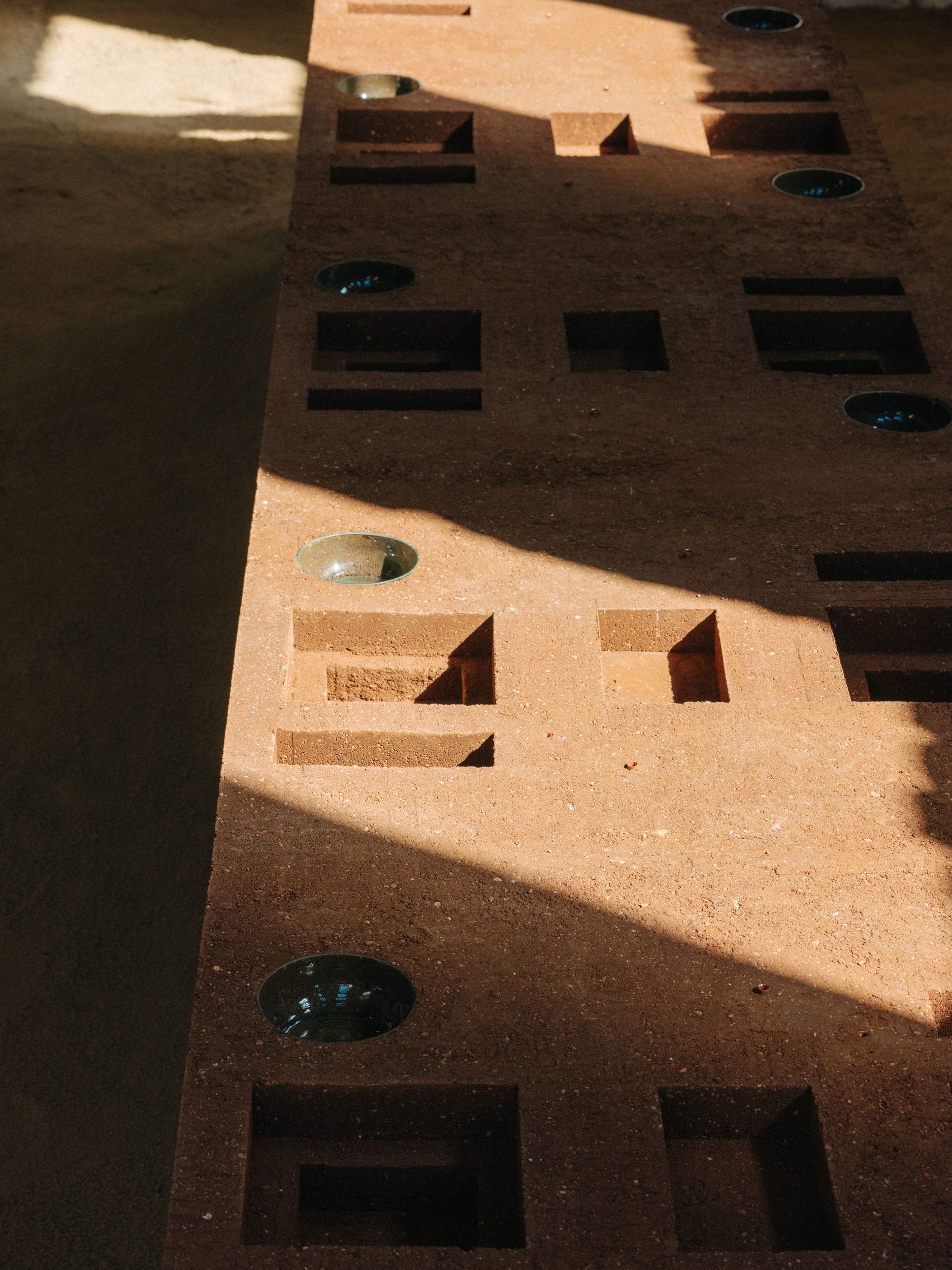
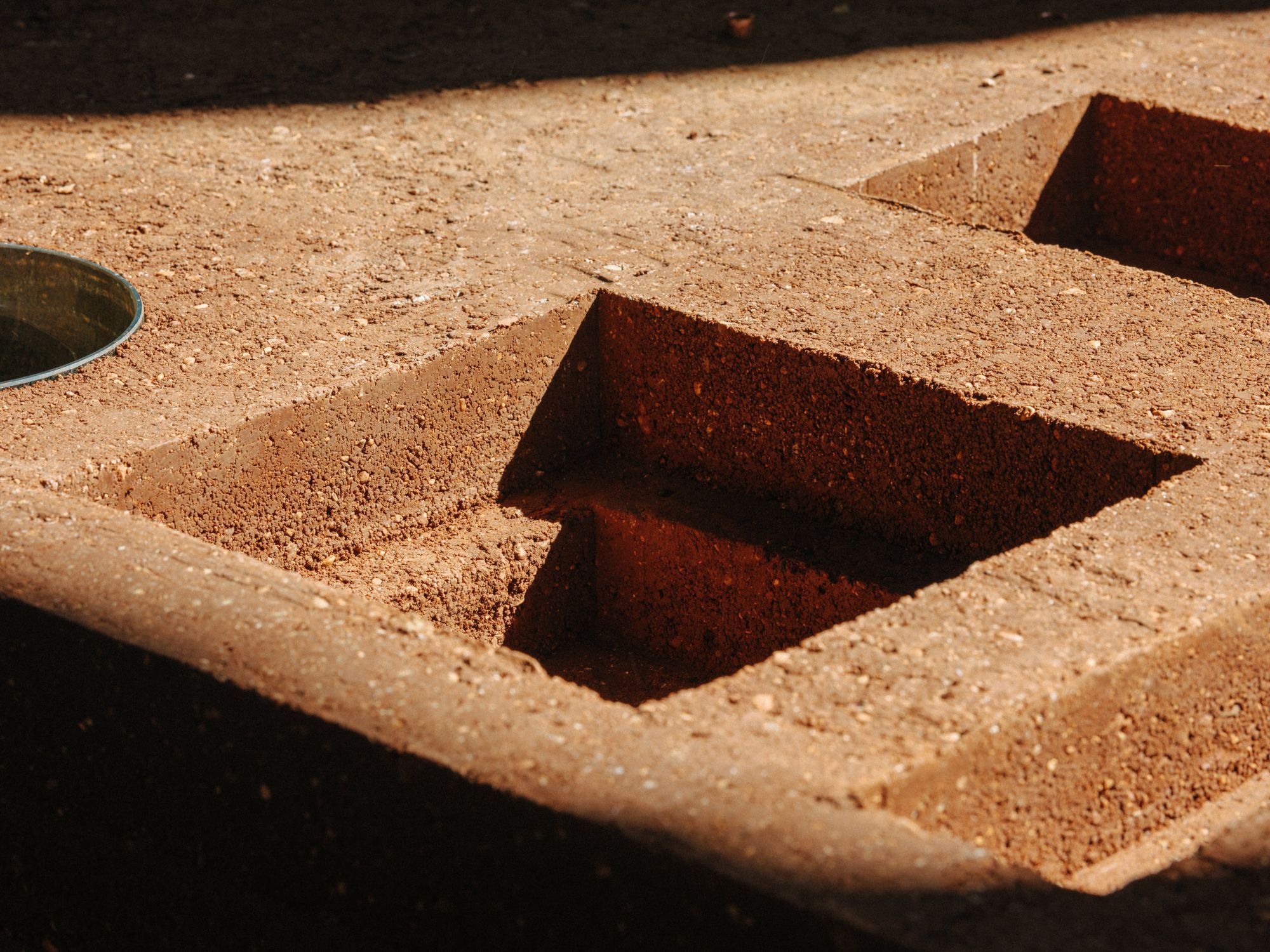
Kuidas.works | Web | Facebook | Instagram
Photos: Tõnu Tunnel

The COAT celebrates its 7th anniversary with a new showroom
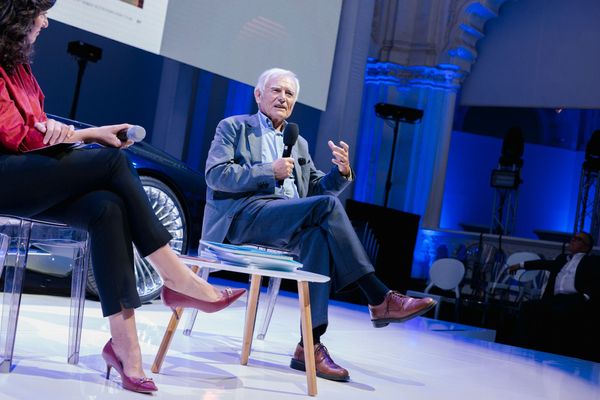
Best of Stefan Lengyel 2022 | MOME—Institute for Theoretical Studies
